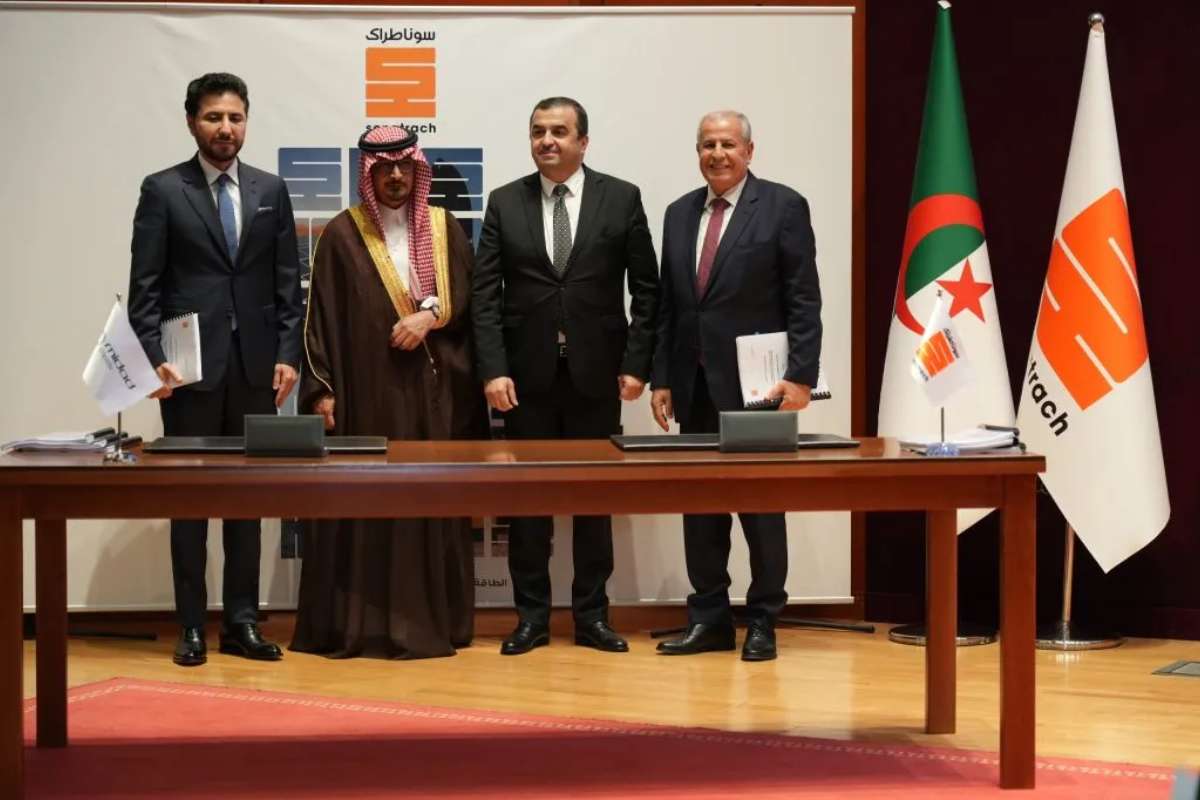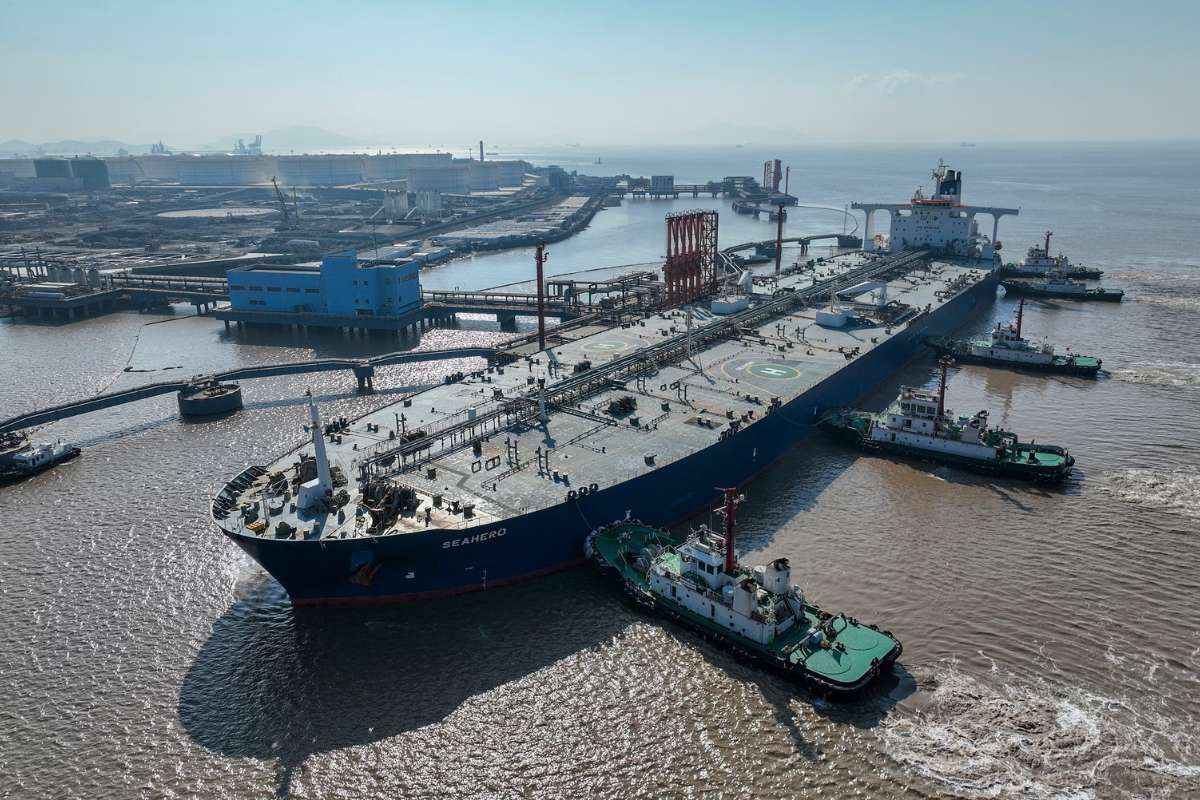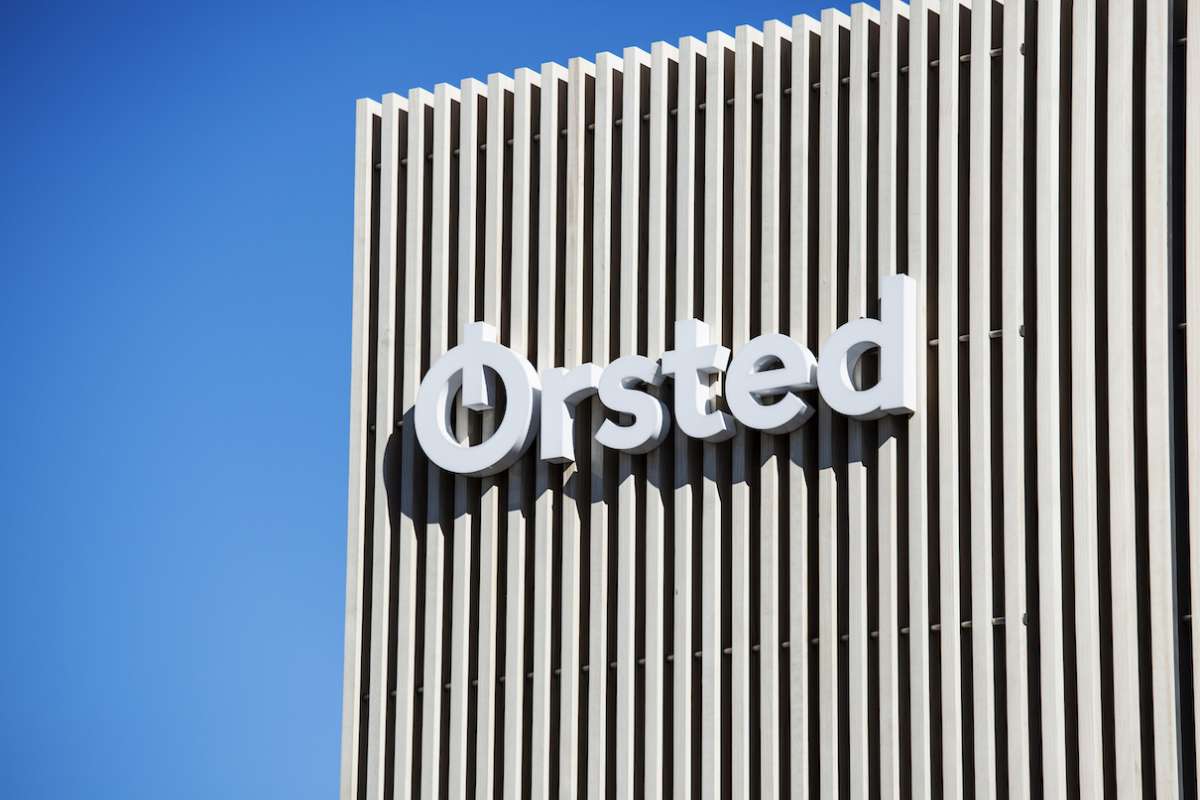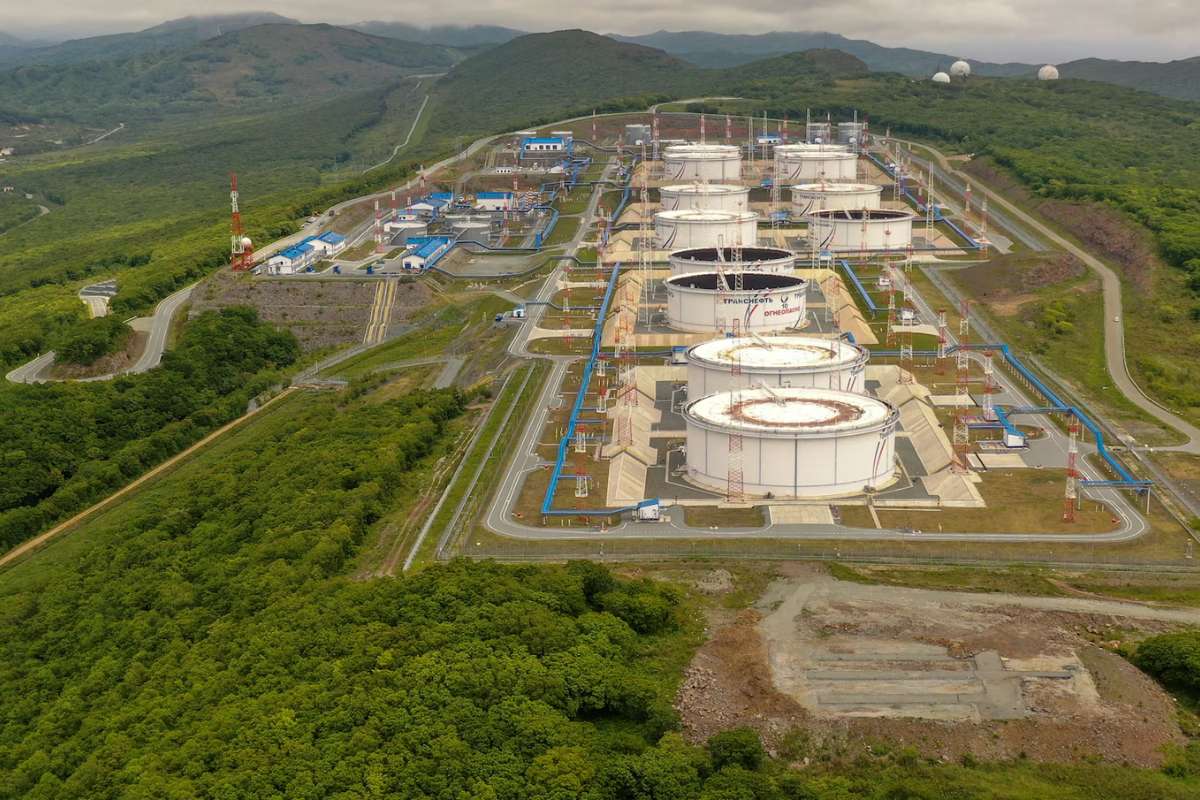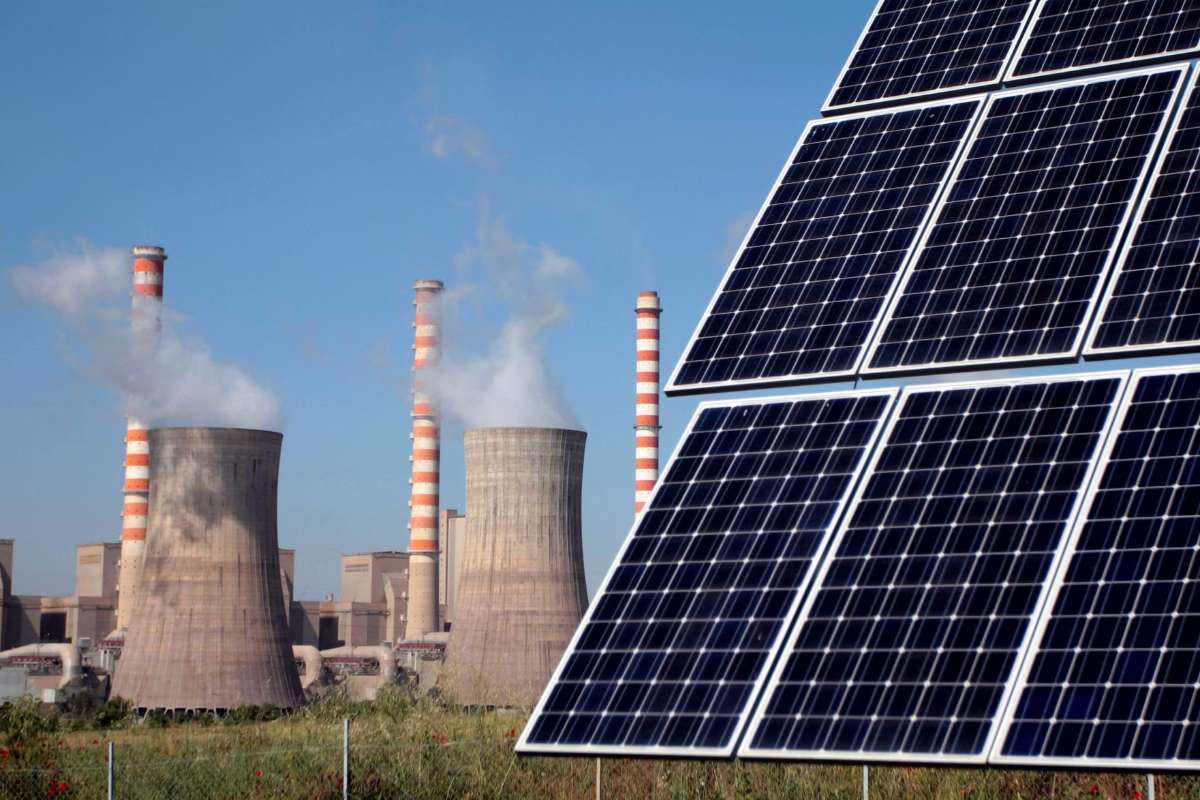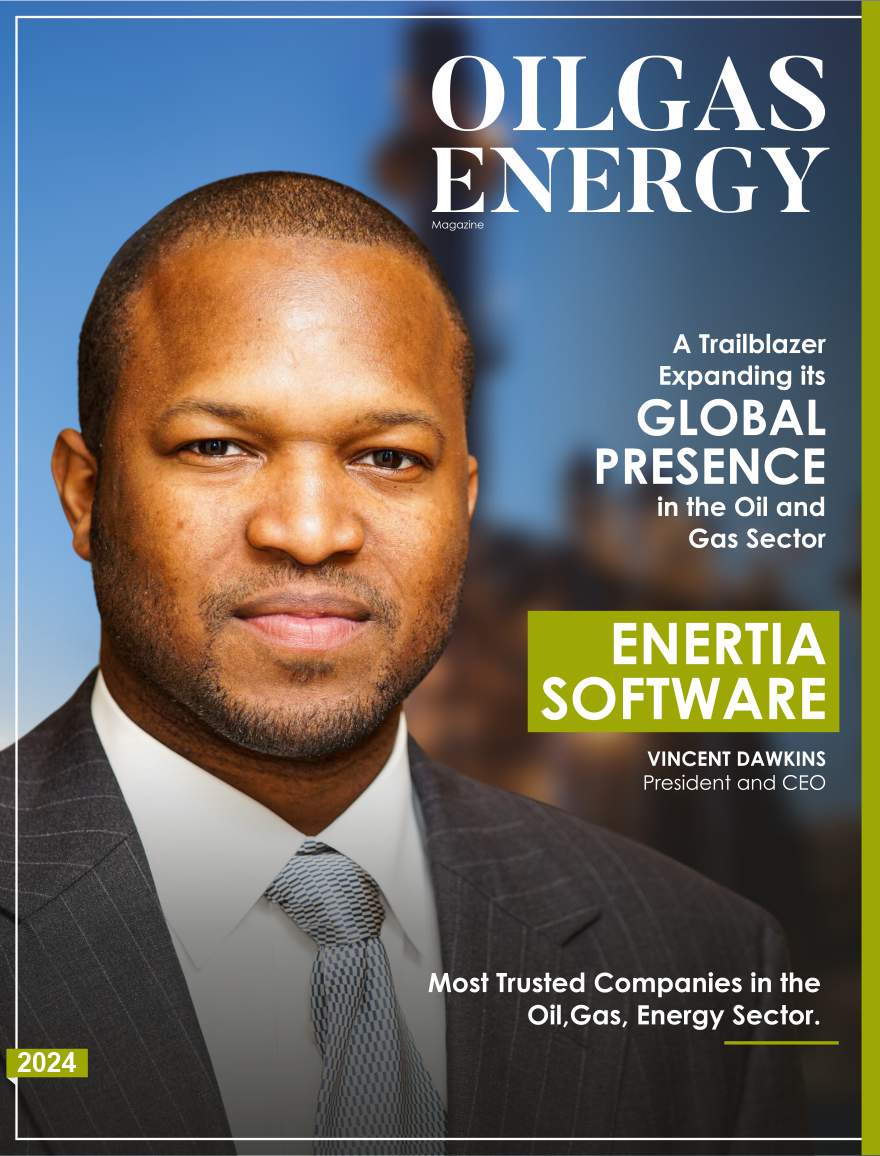Key Points:
- Vattenfall picked GE Hitachi and Rolls-Royce as finalists for Sweden’s first new nuclear project in decades.
- Targeting 1,500 MWe via space-saving, cost-efficient modular reactors.
- Sweden lifted its reactor cap and pledged $97M toward clean energy expansion.
Swedish utility Vattenfall has narrowed its small modular reactor (SMR) supplier selection to two finalists, GE Vernova Hitachi Nuclear Energy’s (GVH) BWRX-300 and the Rolls-Royce SMR, for the potential construction of new nuclear capacity near its Ringhals plant on the Värö Peninsula. The move marks a major milestone toward Sweden’s first new nuclear build in over four decades.
Vattenfall plans to select one SMR supplier from the two finalists. The decision follows a process launched in 2024 to identify candidates for Sweden’s first new nuclear project. The utility said the development is critical to meet rising electricity demand, strengthen energy security, and advance the country’s net-zero emissions goals.
The company’s board formally approved the project on July 18, 2025, after evaluating 75 potential suppliers, later narrowed to four candidates: GVH’s 300-MWe BWRX-300 SMR, Rolls-Royce’s 470-MWe pressurized water SMR, and large-scale designs from Westinghouse and Électricité de France (EDF). Vattenfall now anticipates constructing either five BWRX-300 units or three Rolls-Royce SMRs, producing a combined output of approximately 1,500 MWe.
“Our goal is a successful project on the Värö Peninsula, within a reasonable time and budget,” said Anna Borg, Vattenfall president and CEO. “A successful project also lays the foundation for more nuclear power projects.”
Site Limitations and SMR Advantages
Vattenfall emphasized SMRs due to the limited space on the Värö Peninsula, which hosts the Ringhals plant. Two reactors, Ringhals 3 and 4, remain operational and are undergoing life extensions to 80 years. The site is considered cramped, with some land in the nearby Biskopshagen nature reserve being required for expansion.
Modular reactors reduce workforce needs and minimize on-site construction compared with traditional large-scale reactors, Vattenfall said. The utility highlighted that Small Modular Reactor feature simplified designs, leveraging lessons from past nuclear projects worldwide. Additionally, Small Modular Reactors carry lower upfront investment costs and allow multiple units to be built in series, transferring operational experience from one unit to the next.
“Building smaller units provides clear cost advantages; they require less space, a smaller workforce, and more manageable logistics,” said Desirée Comstedt, head of New Nuclear Power at Vattenfall.
Finalists’ Technology and European Momentum
The BWRX-300, currently under construction at Ontario Power Generation’s Darlington site in Canada, leverages proven boiling water reactor technology and licensed fuel designs, avoiding the need for high-assay low-enriched uranium (HALEU). It is designed for industrial applications, including hydrogen production, desalination, and district heating. In the U.S., the Tennessee Valley Authority submitted a construction permit for the BWRX-300 in May 2025, with regulatory review expected to conclude by December 2026.
The Rolls-Royce SMR, a 470-MWe pressurized water reactor, has gained traction in Europe through partnerships with governments and utilities. Its modular design uses factory-manufactured components, limiting on-site work to assembly, which reduces construction schedules and risks. The Czech utility ČEZ has selected the design for up to 3 GW of capacity, and the UK government approved the Small Modular Reactor for domestic deployment in June 2025. The Rolls-Royce SMR also features both passive and active safety systems and potential cogeneration applications.
Financing and Next Steps
Vattenfall will now negotiate a final supplier selection while preparing applications under Sweden’s Environmental Code and Nuclear Activities Act. The utility is also seeking state risk-sharing support and collaborating with the Industrikraft consortium, which includes 17 leading Swedish industrial companies, for potential co-investment.
“This represents a clear and feasible project on the Värö Peninsula,” said Tom Erixon, Industrikraft chairman.
Sweden recently removed its cap on nuclear reactor numbers and allocated over $97 million for fossil-free electricity expansion, including nuclear pilot projects. Vattenfall emphasized that extensive collaboration with the chosen supplier will remain essential even after the final selection to ensure long-term project success.
Visit Oil Gas Energy Magazine for the most recent information.
